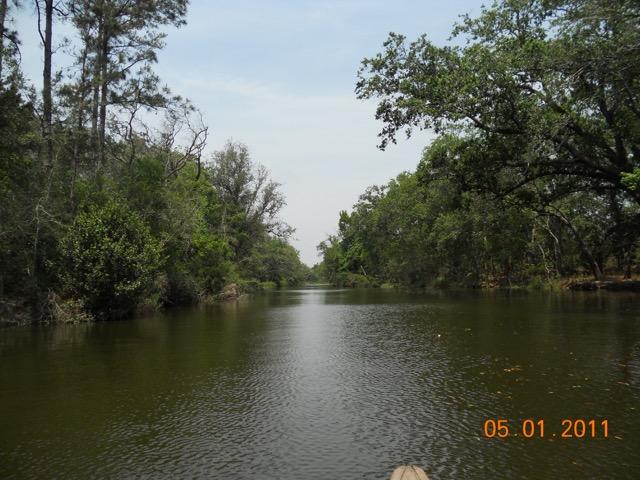May 25, 2018
For about three years (2014 to 2016), David Boyd and Brandt Mannchen of the Houston Sierra Club (HSC) participated in the development of a Double Bayou Watershed Protection Plan (DBWPP). David is a property-owner in Chambers County where the DBW is. The DBW is primarily agricultural and boasts rice farming, cattle grazing, oil production, navigation, recreation, and small town or community activities.
Due to high levels of bacteria pollution and low levels of dissolved oxygen (DO) in either or both the West and East Forks of Double Bayou, the Texas State Soil and Water Conservation Board, Houston Advanced Research Center (HARC), Shead Conservation Solutions, Galveston Bay Foundation, Houston Sierra Club, landowners, farmers, ranchers, local governments, homeowners, citizens, and others worked to prepare a voluntary WPP. The WPP requires implementation of management measures that reduce bacteria and increase DO in the West and East Forks of Double Bayou. In part, the preparation and implementation of the WPP is done with Federal Clean Water Act Section 319 grant funds.
Some of the areas that the WPP focuses on include public education and outreach efforts, improvements to wastewater collection infrastructure, and technical assistance for the implementation of best management practices (BMPs) that reduce farm and ranch water pollution, septic system water pollution, and the reduction of feral hog numbers.
On May 23, 2018, a meeting was held by the Double Bayou Watershed Partnership to give an update on implementation of the WPP. Two speakers presented information about a 2.5-year research project which targets and identifies where bacteria comes from (the sources) at the confluence of the West and East Forks of Double Bayou and other locations on Galveston Bay. A third speaker reported that DO levels appear to be increasing (good for water quality and aquatic life) in both forks of Double Bayou and that some bacteria have higher levels in the West Fork than the East Fork of Double Bayou.
Another speaker reported that a technician had been hired by the Trinity Bay Soil and Water Conservation District and has focused on writing water quality management plans for farmers and ranchers to reduce water pollution from their operations. Two speakers talked about onsite sewage facilities (OSSFs or septic systems) and the problems that many people have with proper operation and maintenance of these homesite wastewater treatment facilities.
The HSC remains committed to the restoration of good water quality in the Double Bayou Watershed and will continue to participate and monitor implementation of the WPP.
Brandt Mannchen
May 24, 2018
